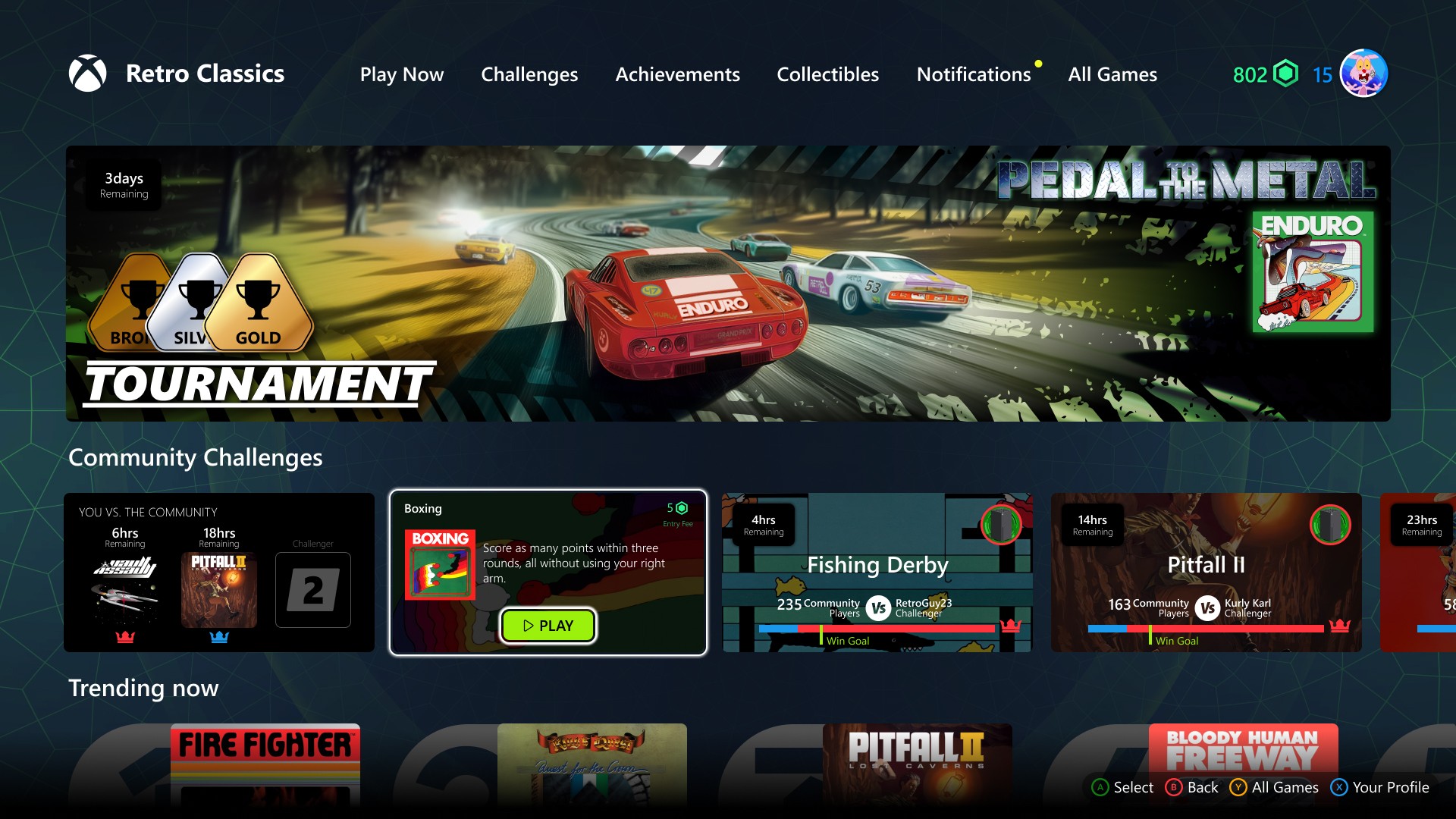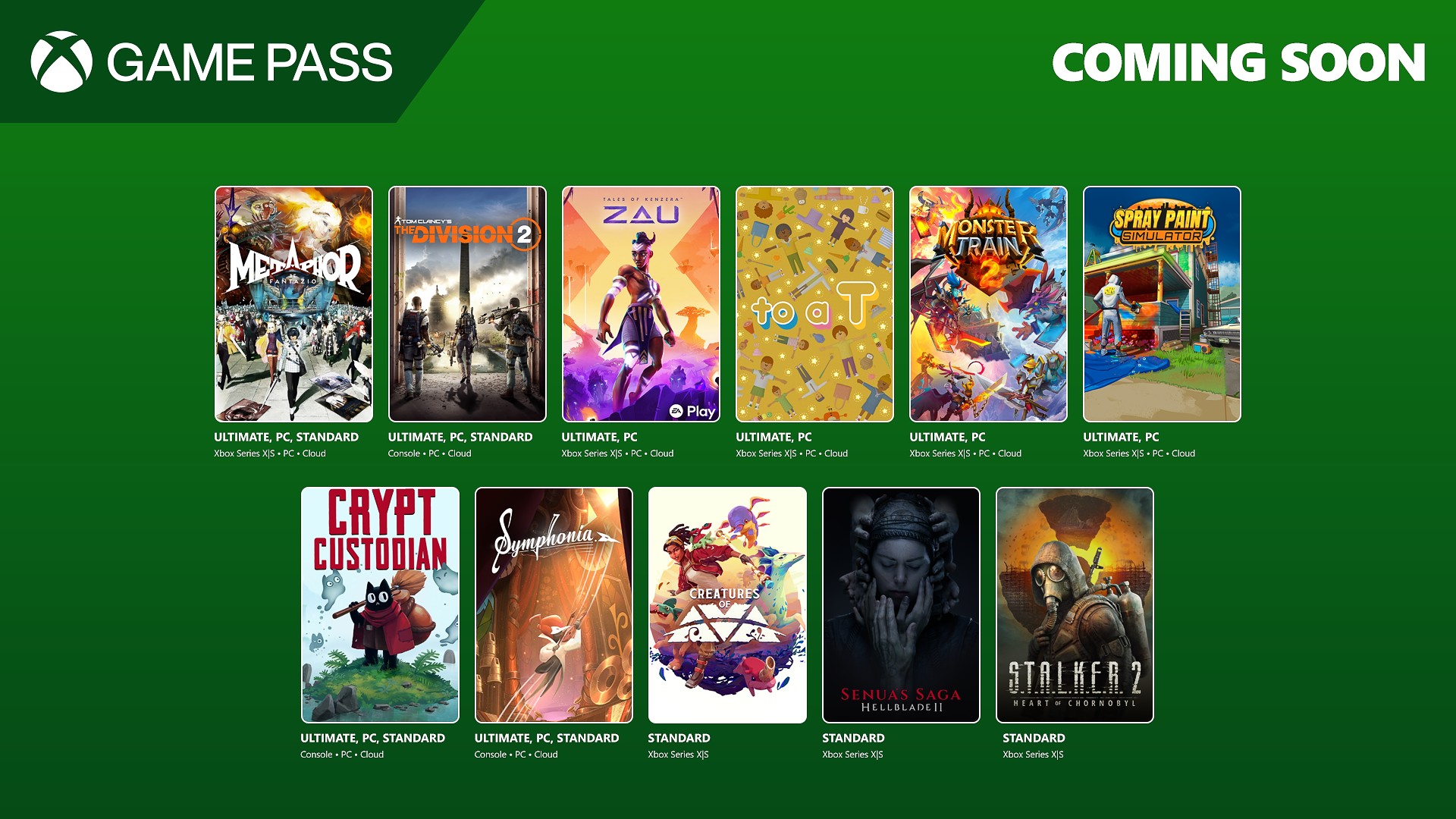Why Understanding the Difference Between B2B and B2C SEO Matters
If you’ve attempted to use one SEO approach for both B2B and B2C businesses, I’m sure you found it wasn’t very effective. That is because the aims of B2B SEO and B2C SEO are very different, starting with the type of keyword used, the writing style selected and the process leading to a conversion.

If you’ve attempted to use one SEO approach for both B2B and B2C businesses, I’m sure you found it wasn’t very effective. That is because the aims of B2B SEO and B2C SEO are very different, starting with the type of keyword used, the writing style selected and the process leading to a conversion.
This guide will explain the differences so digital marketers, SEO professionals and business owners can change their strategies based on them. Optimizing a SaaS or e-commerce website calls for knowing the differences between B2B and B2C SEO in order to gain better results and a stronger web presence.
What’s special about these approaches—and why a standard template isn’t enough anymore will be explored further.
The Core Difference Between B2B and B2C SEO
B2B and B2C SEO might look the same when you first examine them. They both depend on finding good keywords, creating helpful content and making sure their site is technically perfect to rank well in search engines. If you investigate further, you will notice the differences between both groups.
The main goal in B2B SEO is to reach people like marketing managers, IT directors and procurement officers who are trying to find answers for their business. Usually, these buyers need more time to decide and several persons are generally involved in the purchasing process. That’s why it’s crucial for B2B SEO strategies to concentrate on providing learning opportunities, including leadership thoughts and detailed overviews of products so prospects pick the right options.
Unlike B2B SEO, B2C SEO is about reaching single buyers who make purchases fast based on their likes, emotions or current demands. Suppose someone seeks “the best shoes for running” or “cheap ideas for a weekend break.” Here, the goal is to capture intent at the right moment with engaging, visually appealing, and emotionally resonant content .
Understanding these core differences helps you shape your SEO strategy, content tone, and conversion funnel effectively. In the next section, we’ll explore how content strategies differ between B2B and B2C businesses.
📝 Section 2: Content Strategy Differences in B2B vs B2C SEO
Your SEO strategy relies on great content. A strategy that attracts business customers might not work for consumers and the same is true in the other direction.
People searching in B2B SEO want sophisticated and reliable material you can trust. Businesses expect to understand how you are solving problems, helping them be more efficient or showing return on their investment. That explains why lengthy blog posts, whitepapers, case studies and industry reports do well here. Take, for instance, a SaaS company targeting marketing agencies which would share a useful guide like “How to Improve Client Reporting with Automated Dashboards” that clarifies and addresses a pain point and then recommends a solution.
B2C businesses usually aim to make their content feel emotional, attractive to look at and something people enjoy sharing. Consumers usually react better when they see storytelling, user-created content, product reviews and how-to videos. A fashion brand can publish an appealing Instagram carousel post called “10 Outfits to Buy This Summer That Are All Under $50” to increase visitor numbers and conversions.
Here’s a quick comparison:
|
Aspect |
B2B SEO Content |
B2C SEO Content |
|
Tone |
Professional, informative |
Conversational, emotional |
|
Format |
Long-form articles, whitepapers, webinars |
Short blogs, social media posts, videos |
|
Goal |
Educate and build trust |
Entertain and drive impulse actions |
|
Conversion Path |
Longer (research → evaluation → decision) |
Shorter (awareness → desire → action) |
By tailoring your content to match these different behaviors, you’ll be better positioned to rank for relevant keywords and convert visitors into leads or customers.
🔍 Section 3: Keyword Intent in B2B vs B2C SEO
Understanding search intent is one of the most critical aspects of SEO—and it varies significantly between B2B and B2C audiences.
In B2B SEO , searchers are often in the research phase , looking for solutions to specific business problems. They tend to use more long-tail, informational keywords like:
-
“Best CRM software for mid-sized businesses”
-
“How to improve team productivity with project management tools”
-
“What is cloud-based accounting software?”
These queries indicate a desire to learn, compare, and evaluate —not buy immediately. That’s why your content should focus on answering these questions thoroughly and positioning your brand as a trusted authority.
In contrast, B2C SEO revolves around transactional and commercial intent . Consumers are usually closer to making a purchase decision. They might search for things like:
-
“Buy wireless Bluetooth headphones”
-
“Top-rated skincare routine for acne-prone skin”
-
“Cheap flights to Bali”
These searches show a clear intent to take action now , so your SEO strategy needs to include product pages, shopping guides, and conversion-focused landing pages that make it easy for users to take the next step.
Here's a quick breakdown of keyword intent by audience:
|
Search Intent Type |
B2B Example Keywords |
B2C Example Keywords |
|
Informational |
"What is digital asset management?" |
"How to fix dry hair at home" |
|
Navigational |
"Adobe Experience Manager login" |
"Amazon customer service" |
|
Commercial Investigation |
"Shopify vs BigCommerce comparison" |
"Best gaming laptops under $1000" |
|
Transactional |
"Buy enterprise SEO tools" |
"Order organic supplements online" |
By aligning your keyword targeting with the stage of the buyer’s journey , you can attract higher-quality traffic and improve your chances of conversion.
🧭 Section 4: The SEO Funnel: B2B vs B2C
The SEO funnel represents the journey a user takes from first discovering your brand to becoming a customer. While both B2B and B2C SEO strategies follow a funnel structure, the length, depth, and content types differ significantly.
🔍 B2B SEO Funnel
In B2B, the sales cycle is longer, and buyers typically go through multiple stages of research before making a decision. As a result, the B2B SEO funnel is more educational and nurturing , with content designed to build trust and authority over time.
Here’s how it generally looks:
-
Awareness Stage (Top of Funnel):
Users are just identifying a problem or need. They search for general information like: -
“What is cloud hosting?”
-
“How to improve team collaboration?”
-
At this stage, blog posts, infographics, and beginner’s guides work best.
-
Consideration Stage (Middle of Funnel):
Buyers are evaluating different solutions. Search queries become more specific: -
“Cloud hosting vs shared hosting”
-
“Best project management tools for remote teams”
-
Here, comparison articles, webinars, and case studies help guide them toward your solution.
-
Decision Stage (Bottom of Funnel):
Prospects are ready to choose a provider. Their searches include branded terms or direct calls to action: -
“HubSpot pricing”
-
“Buy enterprise email marketing software”
-
Product pages, free trials, and demo request forms are key at this point.
🛒 B2C SEO Funnel
In B2C, the buying journey is usually much shorter and more emotionally driven. Many consumers make decisions based on impulse, urgency, or personal preference.
Here's how the B2C SEO funnel typically plays out:
-
Awareness/Interest Stage:
Users are inspired or looking for something new. They might search for: -
“Summer fashion trends 2025”
-
“Healthy meal prep ideas for weight loss”
-
Blog posts, YouTube videos, and social media carousels attract attention here.
-
Consideration/Comparison Stage:
Shoppers compare products or brands: -
“iPhone vs Samsung Galaxy camera quality”
-
“Best hair serum for curly hair”
-
Reviews, unboxing videos, and comparison charts help sway their decision.
-
Conversion Stage:
Ready to buy, users look for: -
“Buy Nike Air Max online”
-
“Order birthday cake delivery near me”
-
Optimized product pages, fast-loading sites, and clear CTAs drive conversions.
Understanding how these funnels shape user behavior helps you create targeted SEO content that moves visitors closer to conversion—whether they’re business professionals or everyday shoppers.
🔗 Section 5: Link Building and Authority Building in B2B vs B2C SEO
Backlinks are a key ranking factor for both B2B and B2C SEO, but the approach to link building differs significantly based on audience expectations and industry norms.
🏢 B2B Link Building Strategy
In B2B SEO, authority is everything. Decision-makers rely heavily on credible sources , research papers, and expert insights before engaging with a brand. That’s why high-quality backlinks from industry publications, trade associations, and thought leaders carry more weight than sheer volume.
Here's how B2B brands typically build links:
-
Publishing whitepapers or case studies that get cited by industry blogs.
-
Contributing expert roundups or guest posts to authoritative platforms like Forbes, CMO.com, or HubSpot.
-
Creating research-based content (like “State of Remote Work 2025”) that earns media coverage and backlinks.
-
Earning mentions in Gartner reports, G2 reviews, or Capterra listings .
For example, if you're an enterprise SaaS company, getting featured in a G2 comparison guide can boost both visibility and credibility—helping your SEO efforts in the long run.
🛍️ B2C Link Building Strategy
In B2C SEO, link building often revolves around influencer marketing, user-generated content, and viral campaigns . Since consumers are influenced by trends and social proof, brands benefit from links that come from lifestyle blogs, YouTube creators, and popular review sites.
Common B2C link-building tactics include:
-
Partnering with micro-influencers to create product review videos or unboxing content.
-
Encouraging user-generated content through contests or branded hashtags.
-
Launching viral campaigns or challenges that get shared across social media and news outlets.
-
Getting listed on popular shopping guides like "Top 10 Gifts for Mom" or "Best Skincare Products Under $30".
A great example is when a skincare brand collaborates with a beauty influencer who creates a YouTube video reviewing their new serum. If the video gains traction, it not only drives traffic but also generates organic backlinks from other blogs referencing the trend.
Both strategies aim to build authority—but the way they do it depends entirely on who they’re trying to impress.
🛠️ Section 6: Technical SEO Considerations for B2B and B2C Websites
Technical SEO ensures your website is fast, secure, and easy for both users and search engines to navigate. While many technical SEO best practices apply across the board, B2B and B2C websites often require different priorities based on user behavior and business goals.
🔍 B2B Technical SEO Focus Areas
B2B websites tend to be information-heavy , with lots of landing pages, gated content (like whitepapers), and complex navigation structures. Because of this, the following technical elements are especially important:
-
Site Architecture & Internal Linking:
B2B sites often have hundreds or even thousands of pages. A well-planned site structure and strong internal linking help both users and search engines find relevant content quickly. -
Page Speed Optimization:
While page speed matters for everyone, B2B buyers often engage in deep research sessions. A slow-loading site can lead to high bounce rates and lost trust. -
Indexing Gated Content Strategically:
Many B2B companies use lead capture forms to gate valuable content like reports and case studies. It’s crucial to ensure that search engines can still understand and index these pages properly , even if the full content is behind a form. -
Schema Markup for Expertise & Authority:
Using schema types like Organization , Article , or FAQPage helps highlight your brand’s credibility and improves rich snippet visibility in search results. -
Mobile Usability for Decision-Makers On-the-Go:
More B2B decision-makers are researching products on mobile devices. Ensuring your site is fully responsive and easy to read on smaller screens is essential.
🛒 B2C Technical SEO Focus Areas
B2C websites—especially e-commerce platforms—are typically more transaction-focused , so technical SEO should prioritize conversion-ready experiences :
-
Fast Product Page Load Times:
In B2C, every second counts. Slow product pages can result in abandoned carts and lost sales. Optimizing images, leveraging browser caching, and minimizing code is key. -
Structured Data for Products & Reviews:
Using Product Schema , AggregateRating , and Review Snippets helps your listings stand out in search results with rich visuals and ratings. -
Optimized Category and Filter Pages:
E-commerce sites often have multiple variations of category pages (e.g., filtered by size, color, price). Proper canonical tags and noindex settings prevent duplicate content issues. -
Secure Checkout Process:
Having an SSL certificate is non-negotiable for B2C sites. Google gives preference to HTTPS sites, and customers expect a secure shopping experience. -
Localized SEO for Brick-and-Mortar Businesses:
If you have physical stores, optimizing for local SEO—such as creating Google Business listings , managing NAP citations , and encouraging customer reviews—can drive foot traffic and online orders.
Whether you're running a SaaS platform or an online retail store, tailoring your technical SEO approach to match your audience's expectations can significantly impact your rankings and conversions.
📈 Section 7: Measuring Success – KPIs in B2B vs B2C SEO
Tracking the right Key Performance Indicators (KPIs) is essential to understanding how well your SEO strategy is working. However, what you measure—and how you define success—can vary significantly between B2B and B2C SEO .
📊 B2B SEO KPIs
In B2B marketing, the sales cycle is long, and direct conversions are rare from a single visit. That means success is often measured by lead generation, brand authority, and engagement with high-intent content .
Here are the top KPIs for B2B SEO:
-
Organic Traffic Growth (Especially to High-Value Pages):
Track traffic to landing pages, case studies, whitepapers, and product comparison guides. -
Lead Generation via Organic Search:
Use UTM tracking or form submissions to see how many leads came from SEO-driven blog posts or gated content. -
Keyword Rankings for Industry-Specific Terms:
Focus on mid- to high-funnel keywords like “best project management software” or “cloud storage solutions for enterprises.” -
Time on Page and Engagement Metrics:
Since B2B users consume more in-depth content, track metrics like average time on page, scroll depth, and bounce rate. -
Backlink Quality and Authority Growth:
Monitor domain rating (DR), referring domains, and mentions from authoritative industry sources.
A SaaS company might consider it a win if their “Guide to Enterprise SEO Tools” ranks on page one for a competitive keyword and generates 50+ demo requests per month from organic search.
🛍️ B2C SEO KPIs
For B2C businesses, especially e-commerce brands, SEO success is more directly tied to sales, conversion rates, and customer behavior .
Here are the key KPIs to track:
-
Conversion Rate from Organic Traffic:
Measure how many visitors from search engines end up purchasing a product or signing up for a service. -
Revenue from Organic Search (via Google Analytics Ecommerce Tracking):
Understand which products or categories are driving the most revenue through SEO. -
Average Order Value (AOV) from Organic Users:
See if your SEO efforts are influencing higher-value purchases. -
Top-Performing Product Pages:
Identify which product pages rank well and convert best, then optimize them further. -
Click-Through Rate (CTR) from SERPs:
In B2C, compelling meta titles and rich snippets can significantly impact CTR, so A/B testing title tags and schema markup matters.
An online fashion retailer might celebrate when their “Summer Dresses 2025” category page ranks highly and drives a 4% conversion rate with an average order value of $85.
Understanding these differences in measurement helps you align your SEO goals with business outcomes , whether you're nurturing enterprise clients or selling directly to consumers.
❓ Section 8: Frequently Asked Questions (FAQs) About B2B vs B2C SEO
To wrap up this section, let’s tackle some of the most commonly asked questions about B2B and B2C SEO differences . These FAQs will help clarify common doubts and reinforce what we’ve covered so far.
🤔 Is B2B SEO harder than B2C SEO?
Not necessarily—just different. B2B SEO often involves longer sales cycles, niche audiences, and more complex keyword research , which can make it feel more challenging. However, B2C SEO comes with its own hurdles like high competition, shorter attention spans, and a need for constant trend updates . Success in either space depends on understanding your audience and executing a tailored strategy.
🧩 Why is content more detailed in B2B SEO?
Because B2B buyers are typically solving business problems and justifying purchases to stakeholders, they need in-depth, data-backed content that proves value. A whitepaper or case study might be the difference between winning a deal or losing it.
🕒 Why does B2B SEO take longer to show results?
The sales cycle is longer , and many B2B products require extensive research before purchase. Plus, ranking for industry-specific keywords often takes time due to higher domain authority competition. It’s not uncommon for B2B companies to see significant ROI from SEO after 6–12 months of consistent effort.
🎯 How does user intent vary in B2B vs B2C?
In B2B, users often search with informational or commercial investigation intent —they want to learn or compare solutions. In B2C, the intent is usually transactional or navigational , meaning users are ready to buy or looking for a specific brand or product.
🛠️ What tools are best for B2B SEO?
While many SEO tools work across both spaces, B2B marketers often benefit from platforms that support content depth analysis, competitor gap analysis, and backlink profiling . Tools like Ahrefs, SEMrush, Clearscope, and MarketMuse are especially useful for enterprise-level SEO planning.
If you're still figuring out where to start, consider aligning your SEO goals with your customer journey , using the right tools, and consistently creating content that matches your audience’s intent.
📌 Section 9: Actionable Tips to Improve Your B2B or B2C SEO Strategy
Now that you understand the key differences between B2B and B2C SEO , it’s time to put that knowledge into action. Here are some practical, actionable tips tailored to each model to help you improve your search rankings, drive more traffic, and convert more leads or sales.
🔧 For B2B SEO: Build Authority, Educate, and Nurture
-
Create Long-Form, Thought-Leadership Content:
Publish in-depth guides, whitepapers, and research reports that position your brand as an expert. Example: “The Ultimate Guide to AI-Powered Marketing Automation for 2025.” -
Optimize for Mid-Funnel Keywords:
Target keywords like “best tools for lead generation” or “how to choose a CRM for enterprise.” These terms indicate interest but not immediate purchase intent. -
Leverage Case Studies and Testimonials:
Real-world success stories build trust with potential buyers. Use schema markup to highlight testimonials and make them stand out in search results. -
Use Topic Clusters Instead of Siloed Posts:
Organize your content around core topics (pillar pages) with related subtopics (cluster content). This improves internal linking and helps search engines understand your site structure better. -
Focus on Building Industry Relationships:
Pitch guest posts to respected industry blogs, get featured in reports, and collaborate with influencers in your niche to earn high-quality backlinks.
💡 For B2C SEO: Drive Engagement, Emotion, and Conversions
-
Invest in Visual and Trend-Based Content:
Use platforms like YouTube, Pinterest, and Instagram to create product videos, lookbooks, and how-to tutorials that rank well and go viral. -
Optimize Product Pages for Search Intent:
Make sure your product descriptions include transactional keywords like “buy now,” “on sale,” or “top-rated.” Add FAQs and customer reviews to boost engagement and dwell time. -
Run Seasonal and Event-Based Campaigns:
Create content around holidays, sales events (like Black Friday), or trending topics to capture seasonal search traffic. Optimize landing pages for phrases like “gift ideas under $50” or “last-minute Mother’s Day gifts.” -
Use Schema Markup to Enhance Rich Snippets:
Highlight star ratings, pricing, availability, and delivery options directly in search results using structured data. This increases click-through rates from organic listings. -
Encourage User-Generated Content (UGC):
Repurpose UGC like unboxing videos, reviews, and social media posts into blog content or landing page features. This builds authenticity and provides fresh content for SEO.
Whether you're targeting business professionals or everyday shoppers, the key is to match your SEO strategy with user intent, content preferences, and conversion behavior . Tailoring your approach will help you rank higher, engage better, and ultimately grow your business—no matter which market you’re in.
📣 Final Thoughts: Choosing the Right SEO Strategy for Your Business
At the end of the day, whether you're running a B2B or B2C business, SEO is about connecting with your audience at the right time and in the right way . The strategies may differ—whether it's the type of content you create, the keywords you target, or how you measure success—but the goal remains the same: to drive visibility, engagement, and conversions.
If you’re a B2B marketer , focus on building trust through authoritative content, long-term relationships, and strategic backlinks. Prioritize technical SEO, thought leadership, and nurturing leads through the research-driven buyer’s journey.
If you’re in the B2C space , lean into visual storytelling, emotional appeal, and fast conversion paths . Optimize for high-intent keywords, enhance product experiences, and use data like CTR and AOV to refine your strategy.
No matter which route you take, always keep your audience at the center of your SEO efforts. After all, search engines reward websites that provide real value—and that starts with understanding who you're speaking to and what they truly need.
Ready to Level Up Your SEO Game?
If you're looking for expert help crafting a tailored SEO strategy that delivers real results, check out our comprehensive guide on How to Build an SEO Strategy That Works . It walks you through every step—from keyword research to content creation and performance tracking.
And if you found this post helpful, don’t forget to share it with your team or drop a comment below. We love hearing from marketers like you!
Thanks for reading—and happy optimizing! 🚀 Need any help SEO Expert
What's Your Reaction?
 Like
0
Like
0
 Dislike
0
Dislike
0
 Love
0
Love
0
 Funny
0
Funny
0
 Angry
0
Angry
0
 Sad
0
Sad
0
 Wow
0
Wow
0









































